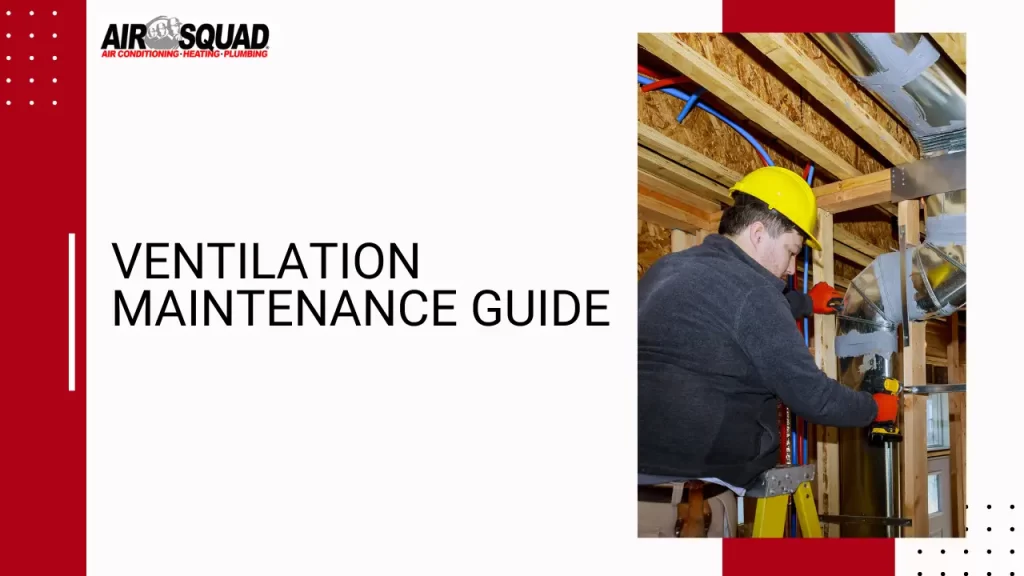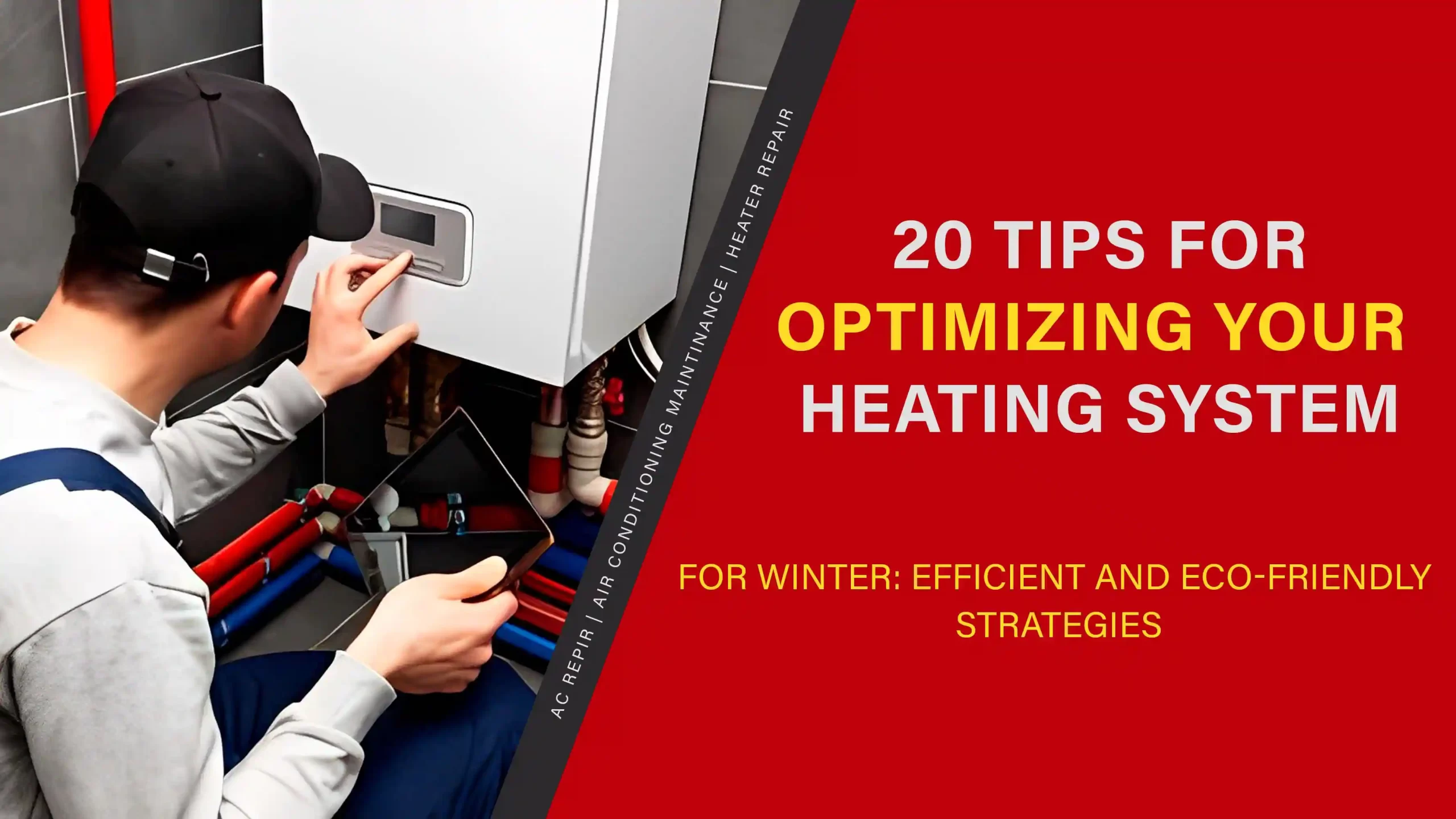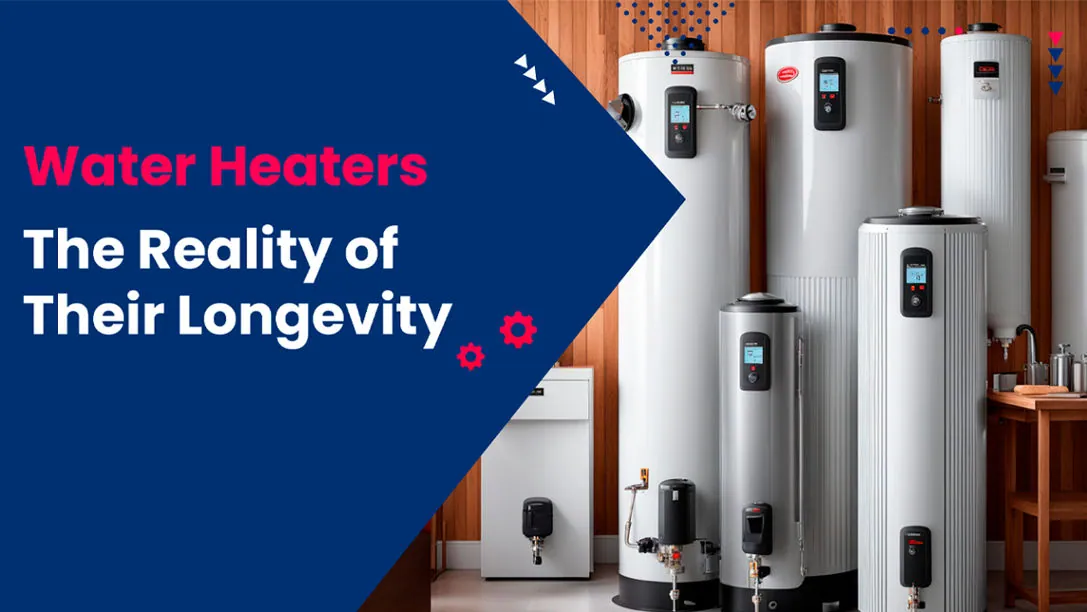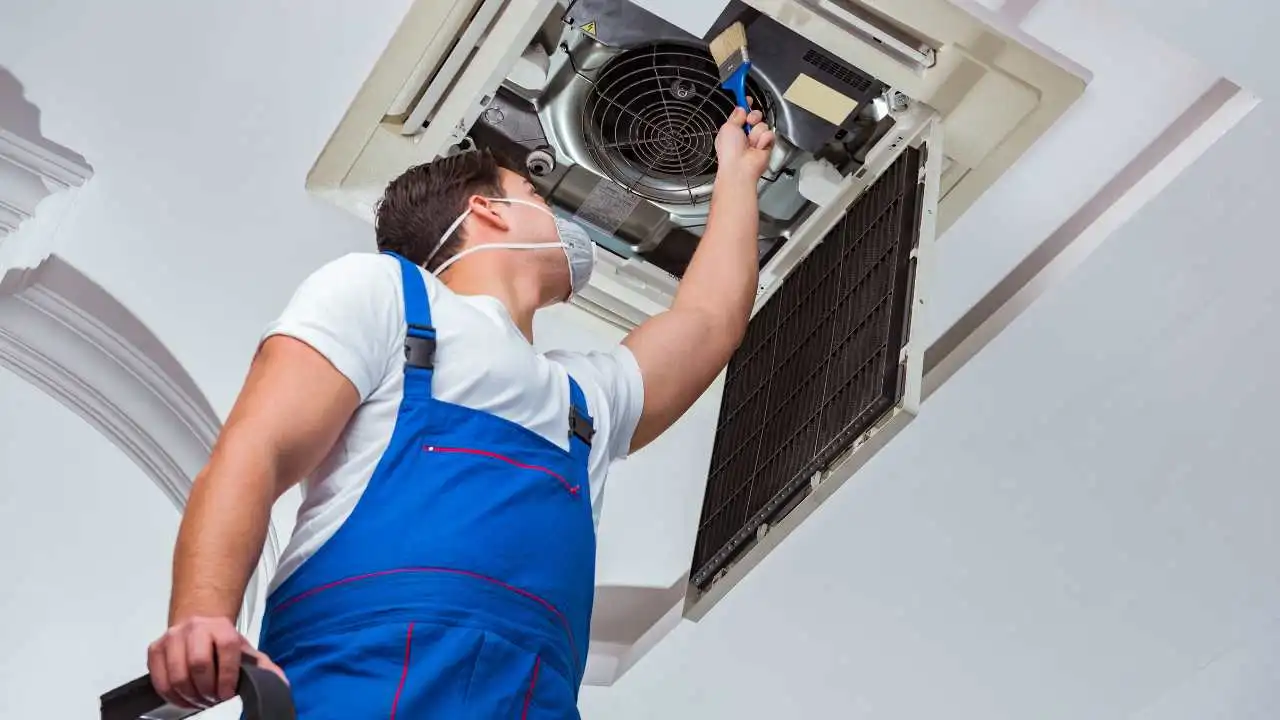Ventilation System Maintenance: Tips for Optimal Performance

A well-functioning ventilation system is essential for maintaining good indoor air quality, a comfortable environment, and overall building health. Regular maintenance keeps your ventilation system operating at its peak, reduces energy costs, and can even prolong its lifespan.
Why Ventilation System Maintenance Matters
- Improved Air Quality: Properly maintained ventilation removes dust, pollutants, allergens, and excess moisture. This promotes a healthier, more comfortable indoor environment.
- Enhanced Energy Efficiency: Clogged filters, dirty components, and blocked vents force your system to work harder, consuming more energy. Maintenance streamlines airflow and helps lower energy bills.
- Reduced Risk of Breakdowns: Timely inspections and servicing can catch minor issues before they escalate into expensive repairs or premature system failure.
- Equipment Longevity: Consistent maintenance practices extend the lifespan of your ventilation system components.
Essential Ventilation System Maintenance Tips
1. Air Filter Replacement
- Frequency: Replace filters every 1-3 months or as per the manufacturer’s guidelines. Dirty filters obstruct airflow and cause strain on the system. Higher usage environments may require more frequent changes.
- Filter Type: Choose the appropriate filter based on your system requirements and your desired level of air quality improvement. Options include standard fiberglass filters, pleated filters, HEPA filters, and more.
2. Ductwork Cleaning and Inspection
- Professional Support: Hire a qualified HVAC technician to clean your air ducts every 3-5 years or sooner if you notice signs of buildup.
- Inspection Points: Look for leaks, holes, gaps, or loose connections in ductwork. Use duct sealant to address any identified issues.
3. Ventilation Fan Maintenance
- Cleaning: Regularly remove dust and debris from exhaust fans in bathrooms, kitchens, and other areas where moisture or pollutants accumulate.
- Lubrication: Oil fan motors when required to reduce noise and prevent wear and tear.
- Check Functionality: Ensure fans are running smoothly and not obstructed.
4. Inspection of Outdoor Components
- Clearance: Maintain at least a two-foot clearance around outdoor units, such as the condenser unit in an air conditioning system. Remove leaves, debris, and any blockages.
- Visual Inspection: Check for any visible damage or wear, especially on wiring and refrigerant lines.
5. Preventative Maintenance with Professional HVAC Technicians
- Annual Checkups: Schedule a thorough inspection and tune-up by a qualified HVAC professional at least once a year.
- Proactive Service: Technicians can identify potential issues early, clean coils, measure airflow, check refrigerant levels, and more, optimizing overall system performance.
Additional Maintenance Considerations
- Thermostat Settings: Use programmable thermostats to manage temperature according to your schedule, conserving energy when the building is unoccupied.
- Humidity Control: Use dehumidifiers or adjust HVAC settings to manage moisture levels within the recommended range. This aids comfort and helps prevent mold growth.
- Ventilation in Specific Areas: Pay attention to moisture-prone areas like bathrooms and kitchens, ensuring adequate ventilation systems are in place and functioning correctly.
Conclusion
Ventilation system maintenance is not overly complex, but it’s vital for a healthy, efficient, and long-lasting system. By following these tips and seeking professional support when needed, you’ll enjoy cleaner air, a more comfortable building environment, and potential energy savings.
Frequently Asked Questions
Generally, every 1-3 months. Heavier use, pets, or a dusty environment may warrant more frequent replacement.
While some basic cleaning is possible, professional duct cleaning utilizes specialized tools and techniques for thorough results.
No, run your bathroom fan during showers and for at least 20 minutes afterward to remove excess moisture


Water Heaters: The Reality of Their Longevity
Whenever we think of the integral components of a modern home, a water heater is…

Fix Your Heating Problems: A Practical Troubleshooting Guide
Even the best heating systems occasionally have hiccups. Don't let those chilly surprises ruin your…



 ICONIER Digital Agency
ICONIER Digital Agency